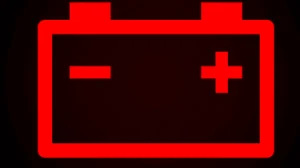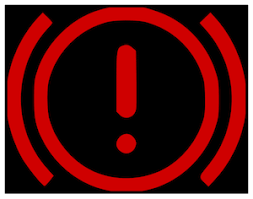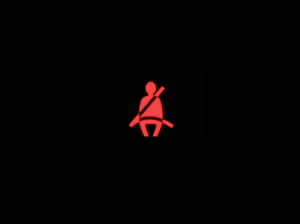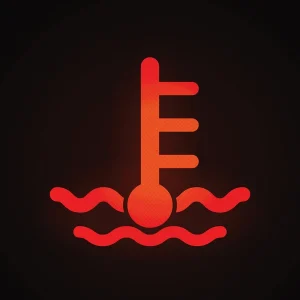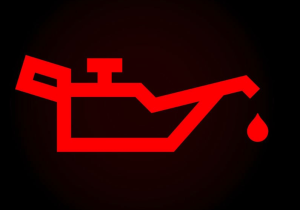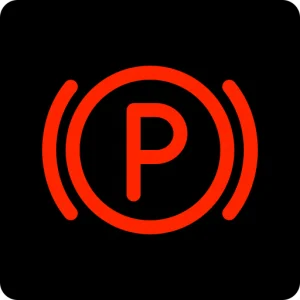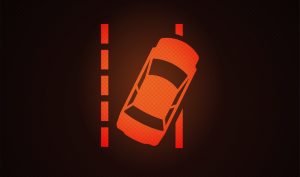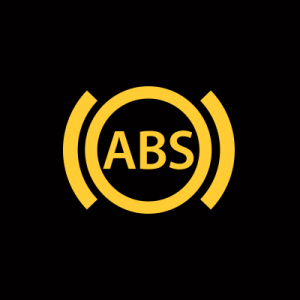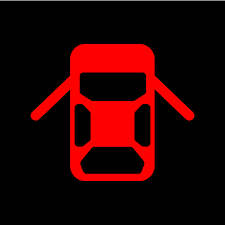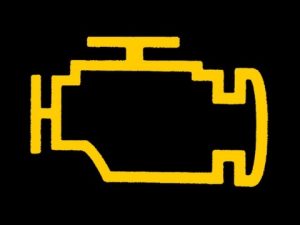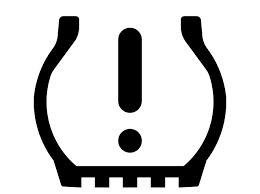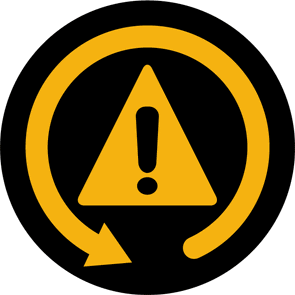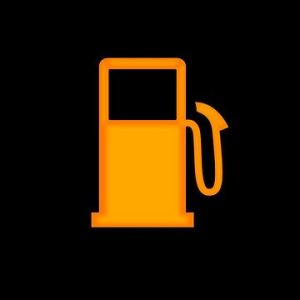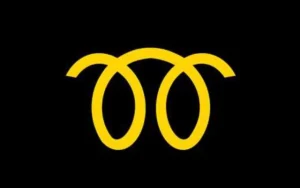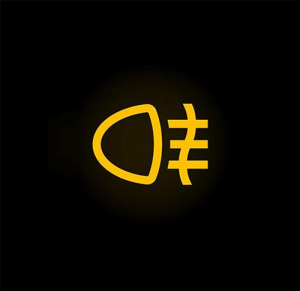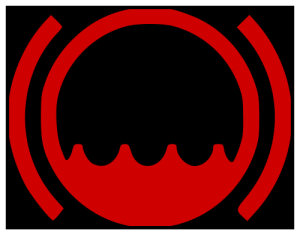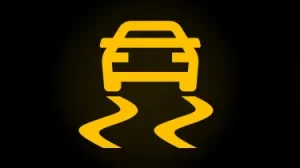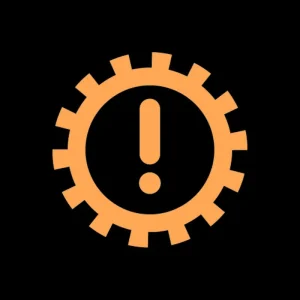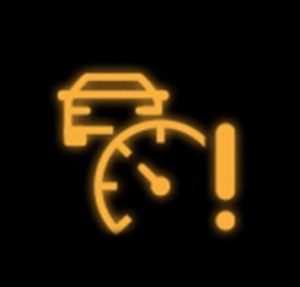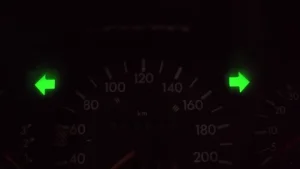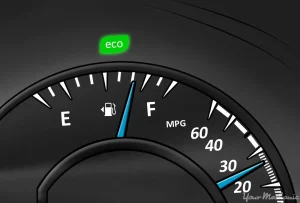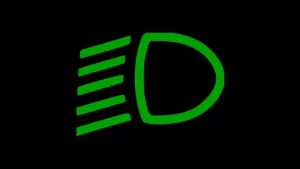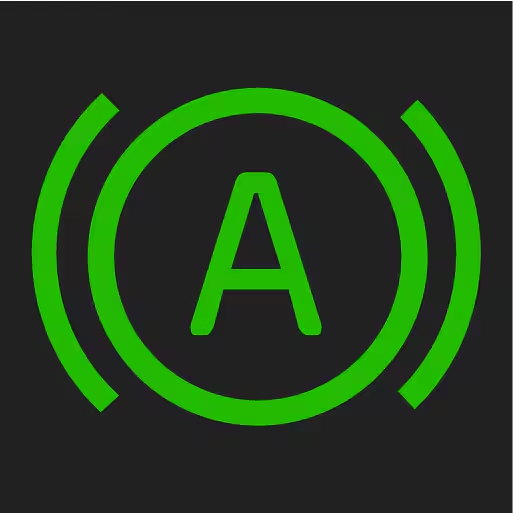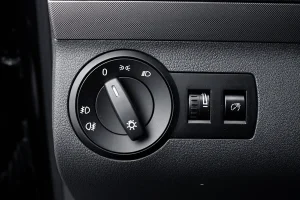Understanding dashboard warning lights in your Jaguar XK is essential for safe driving, as they alert you to potential issues that could affect vehicle performance or lead to breakdowns.
By recognizing these symbols early, you can take prompt action to prevent accidents, avoid costly repairs, and maintain your car’s reliability over time. This guide provides a comprehensive list of major warning lights, categorized by color to indicate urgency, based on Jaguar XK-specific information and standard features.
Quick Navigation
Red Warning Lights (Stop Immediately)
These lights signal serious problems that require you to pull over safely and address the issue right away to avoid damage or danger.
Battery Charge
This light shows a problem with the battery or charging system, like a failing alternator or loose connection. Stop driving, turn off the engine, and get roadside help to prevent stalling.
Brake System
Indicates low brake fluid or a hydraulic issue in the brakes. Pull over immediately, check fluid levels if safe, and call a mechanic to avoid brake failure.
Seatbelt Reminder
Reminds you or passengers to buckle up; it stays on if belts are unfastened while moving. Fasten all belts right away for safety during a crash.
Engine Temperature
Warns of engine overheating, possibly from low coolant or a faulty thermostat. Stop the car, let it cool, and seek service to prevent engine damage.
Airbag System
Signals a fault in the airbag setup, which might stop it from deploying in an accident. Stop and have it checked by a professional immediately.
Oil Pressure
Low oil pressure could mean low oil levels or pump failure. Pull over, check oil, and don’t drive until fixed to avoid engine seizure.
Electronic Parking Brake
Shows the parking brake is engaged or faulty. Release it before driving; if it stays on, stop and get it inspected for brake issues.
Critical Warning Triangle
A general alert for urgent problems like system failures. Stop safely and read the message center for details, then contact service.
Diesel Exhaust Fluid (If Applicable)
For diesel models, indicates low DEF fluid needed for emissions. Refill immediately or stop driving to comply with regulations.
Lane Departure Warning
Alerts if the car drifts out of lane without signaling. Correct your path and stop if the system is faulty for safe driving.
Power Steering Fault
Indicates a problem with power steering, making handling hard. Pull over and get it fixed to regain control.
ABS Fault
Anti-lock braking system has an issue, reducing braking efficiency. Stop and have brakes checked urgently.
Door Ajar
A door or trunk is not fully closed, risking items falling out or theft. Stop and secure all doors before continuing.
Yellow/Amber Warning Lights (Action Required Soon)
These indicate issues that need attention soon but don’t require immediate stopping; monitor and fix promptly.
Engine Malfunction
Also called check engine light, it points to issues like a loose gas cap or sensor fault. Get a diagnostic scan soon to identify and repair.
Tire Pressure Monitoring System
One or more tires are under-inflated, affecting handling and fuel use. Check and inflate tires to recommended levels at the next stop.
Dynamic Stability Control (DSC)
System is intervening or has a fault, impacting traction. Have it serviced soon to maintain stability on slippery roads.
Low Fuel
Fuel level is low, with an arrow showing the filler side. Refuel at the earliest gas station to avoid running out.
Glow Plugs (Diesel Models)
Glow plugs are warming up for engine start. Wait for the light to go off before starting; if it stays on, check for faults.
Rear Fog Lights
Rear fog lights are on for visibility in bad weather. Turn off when not needed to avoid blinding others.
Brake Fluid Low
Brake fluid is below safe levels. Top up fluid and check for leaks soon to ensure braking works.
ESP (Electronic Stability Program)
Similar to DSC, indicates stability control issue. Get it inspected to prevent skidding in turns.
Transmission Fault
Problem in the gearbox, like overheating or sensor error. Have it checked soon to avoid shifting issues.
Adaptive Cruise Control
System is active but may have a fault. Adjust settings or service if it doesn’t maintain distance properly.
Forward Alert
Warns of potential collision ahead. Pay attention and brake if needed; check system soon.
General Message
A non-urgent alert is in the message center. Read it and act as advised, like scheduling maintenance.
Green Warning Lights (Information Only)
These provide status updates on active systems and don’t require action unless something changes.
High Beam
High beams are on for better night visibility. Switch to low beams when approaching other cars.
Side Lights
Parking or side lights are active. No action needed unless you want to turn them off.
Turn Signals
Blinking arrows show left or right turn indicator is on. It confirms your signal to others; turns off after turn.
Front Fog Lights
Front fog lights are on for foggy conditions. Turn off in clear weather.
Eco Mode
Vehicle is in fuel-saving mode, adjusting throttle and gears. Drive normally; switch off if more power is needed.
Adaptive Speed Limiter
Limits speed to a set value for safety. Adjust or deactivate as required.
Low Beam
Headlights are on low beam. Ensures visibility without glaring others.
Brake Hold
Holds brakes at stops for convenience. Release by pressing accelerator.
Automatic Lights
Lights turn on/off based on conditions. No manual action needed.
Hill Descent Control
Active for controlled downhill speed. Use on steep slopes; deactivate on flat ground.
When looking at Jaguar, make sure to check out our guides on models like the Jaguar X-Type, Jaguar F-TYPE, Jaguar XJ, and Jaguar F-PACE. Understanding dashboard warning lights is essential. Our expert reviews break down what each light means, highlighting common alerts for these models and what they could signal about underlying issues, so you’re never left guessing behind the wheel.

